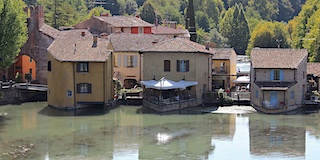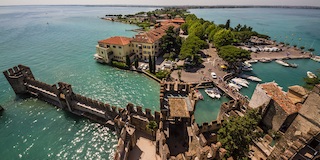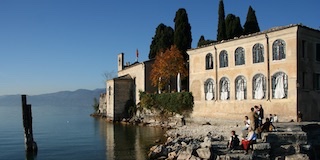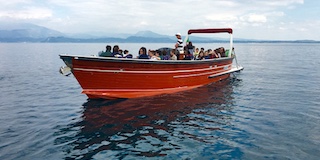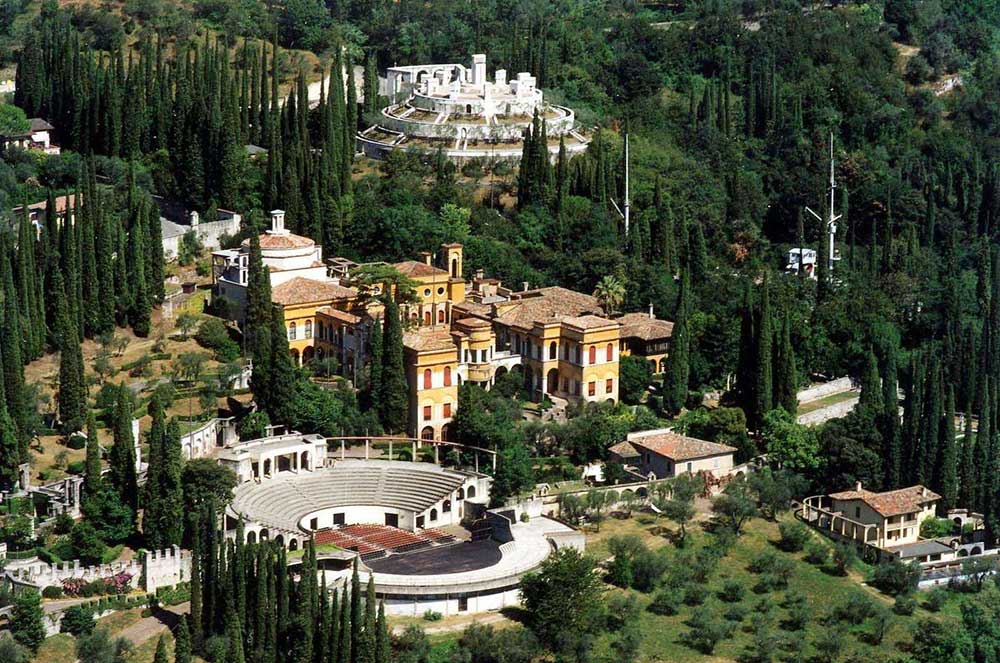Lazise
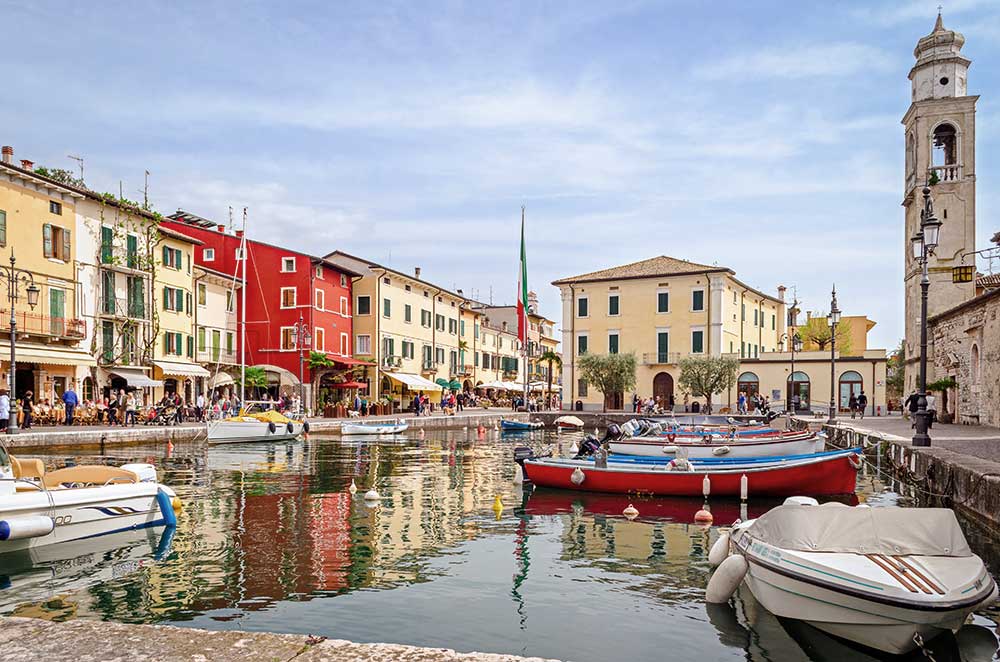
A guided tour of Lazise is ideal for those staying in Verona. This enchanting town on Lake Garda is in fact less than half an hour by car or bus from the historic centre of Verona. It can be a way to spend a half day relaxing, or one stop-over during a full day guided tour of Lake Garda combining the visit of Lazise with other sights on the coast and inland. Also perfect for large organized groups. Tourist buses can comfortably stop near the centre to let passengers get off.
Info and guided tours of Lazise:
+39 333 2199 645 info@veronissima.com P.I. 03616420232 C.F. CPPMHL74L13L781C
The Guided Tour of Lazise
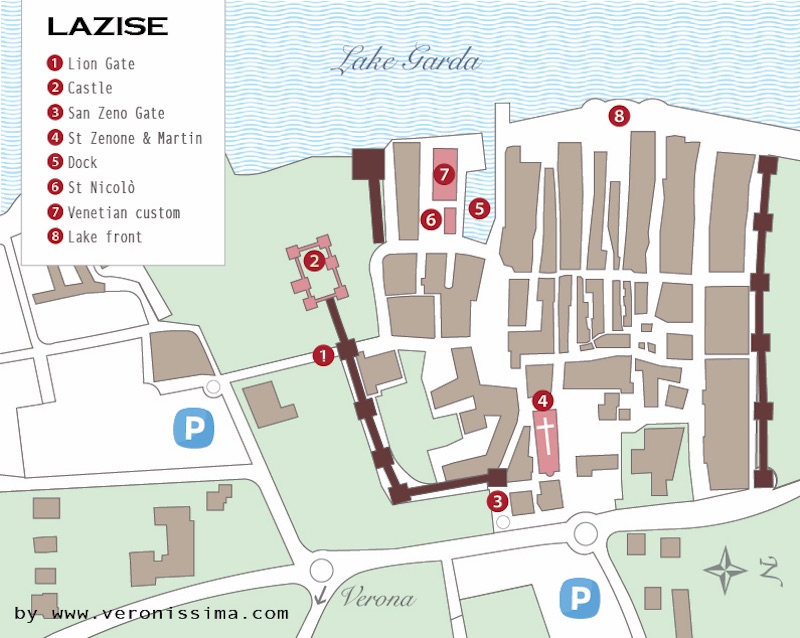
Lazise Castle is the first thing that strikes the visitor's eye. Whether you come from Verona or from the other towns on Lake Garda along the coastal road on Lake Garda. The town is in fact surrounded by ancient fourteenth-century walls reinforced by towers. The keep and the annexed structures have been restored and are very characteristic.
By Car
Those coming to Lazise by car can leave their vehicle in the large car park close to the walls. However, keep in mind that in high season it can be very crowded. From there in an instant you can enter the fortified village through the Lion's Gate. The name comes from a bas-relief of the winged wing of St. Mark set on one side of the entrance. It is an excellent landmark and can be the meeting point with you tourist guide of Lazise.
By Bus
Those comung by public transport from Verona or groups with their own coach can get off at the bus stop along the Gardesana state road, right in front of St. Zeno's Gate. Also in this case the name of the gate comes from a representation of the patron saint of Verona that decorates the entrance. Your guide will be waiting for you at the bus stop.
The Castle of Lazise
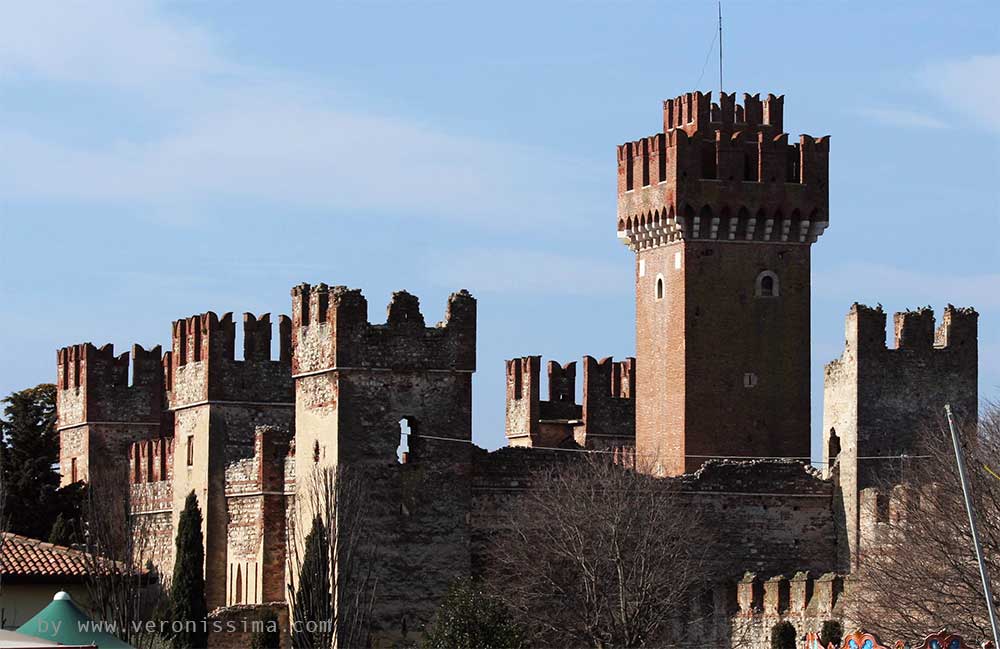
Alberto II and Mastino II, lords of the Scala family, ordered the
constuction of the walls in 1329. The fortifications were made of pebbles,
stones and a few layers of brick, with crenellated towers. At one time
there were about twenty towers.
Moats and drawbridges protected the access to the village.
In Venetian times the castle of Lazise hosted the Captain of the Lake.
Today, walls and towers are in a fairly good state of conservation. They
represent a perfect example of a typical Scala family era
fortification.
In the mid 1800s Count Buri purchased the castle, and began an important
restoration. His successors, Counts Bernini, continued the job. The
fortress of Lazise, the actual castle with keep, courtyards, two walled
enclosures and six towers, is still privately owned.
The Historic Centre
After passing the medieval walls the guided tour of Lazise continues inside the ancient village. In the very centre there is Vittorio Emanuele square, with the town hall. Nearby, there is the parish church of Zenone e Martino. The church dates back to the 12th century, but the present building was completely rebuilt in neoclassical style between the end of 1700s and mid 1800s. The project is by the Veronese architect Luigi Trezza. The checkerboard paving of the square ends with the dock, always crowded with fishing boats and motorboats.
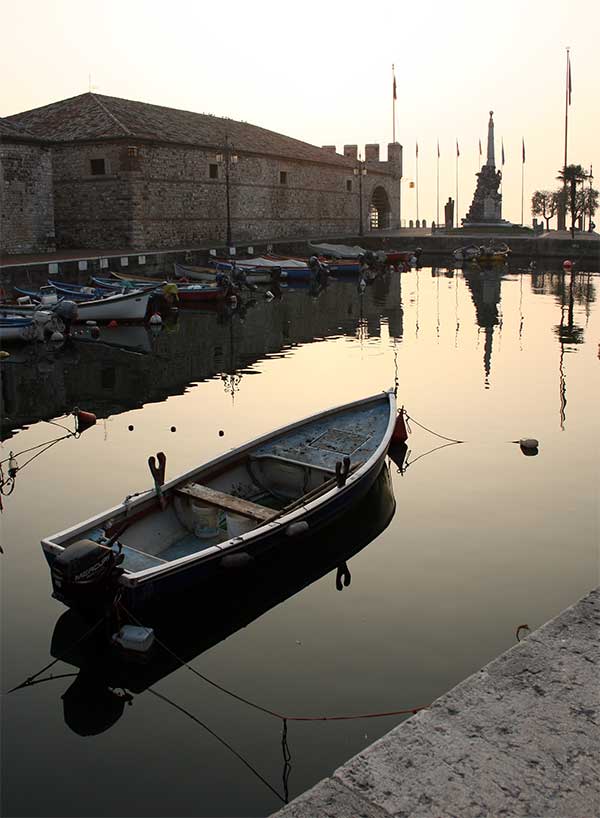
Lazise had considerable importance both as a commercial and military port. In Venetian times it housed two galleys constantly combat ready. For this reason the dock was fortified and the access regulated by a large chain that could be raised and lowered becoming one with the rest of the fortifications Being one of the main ports for commercial traffic on lake Garda, in 1600 the dock of Lazise was equipped with a customs building for the unloading and inspection of goods. The stone building is still on one side of the dock today. It is in excellent condition and often hosts fairs, presentations, events of all kinds.
On the same side there is a simple and austere Romanesque church.
Until not so long ago, the inhabitants of Lazise were almost exclusively
fishermen and boatmen. It is therefore no coincidence that the harbour
church is dedicated to St. Nicholas, patron
saint of sailors. Various historical vicissitudes greatly
damaged the church, which remained in a state of neglect for a long time.
In 1950s the building underwent a complete restoration that also brought
to light interesting 14th century frescoes in Giotto's style.
The church of San Nicolò in Lazise is normally open to the public.
The Lakefront Promenade
On the opposite side there is the pier from which you board the boats of the public service that connects various villages of Lake Garda From there begins the beautiful and wide lakefront. It is always crowded with people walking or enjoying the wonderful view sitting at the tables of the many bars, restaurants, ice cream shops You can continue further north, on foot or by bicycle, along the path that runs along the lake. It connects Lazise with the towns of Cisano, Bardolino, Garda. On sunny days it is always crowded with people, families, young and old, alone, in groups, walking with the dog.
The History of Lazise
Prehistory and Roman Era
Lazise's origins go back to prehistoric times. In fact, there are
numerous findings of remains of pile-dwelling villages.
This Neolithic civilization began to develop from the second millennium
B.C.. It characterizes many lakes and watercourses in the Alps and
subalpine areas. The underwater archaeological site in
front of the camping "La Quercia" is one of the most important in
the area. To date, the remains of more than 5,000 oak poles have been
found stuck into the lake substrate.
From the 2nd century B.C., like the whole
Veronese territory, Lazise was also occupied by the Romans.
The name Lazise probably derives from the Latin word lacus or laceses,
i.e. lake village, later transformed into Lasitium.
Lazise first State City in Italy
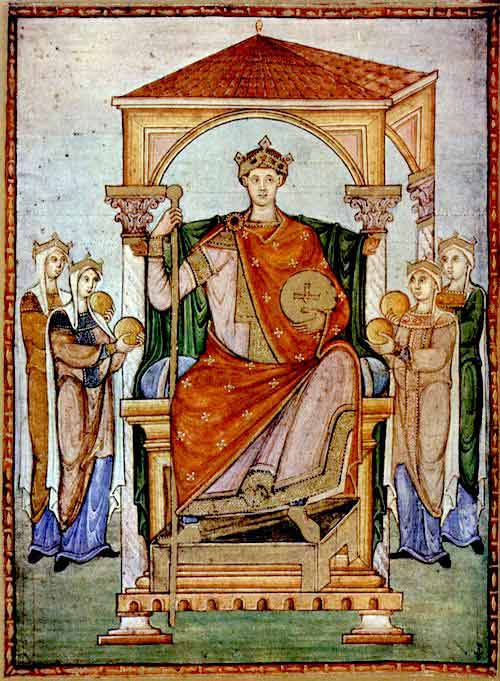
In 983, Otto II, emperor of the Holy Roman Empire, granted the inhabitants of Lazise the right to build fortifications around the village, exempted them from paying certain taxes and granted them wide autonomy on economic and commercial matters such as fishing, transit rights, religious administration. Lazise is therefore considered the first Comune (state city) of Italy. In 1193 Lazise passed under the Municipality of Verona, but retained many of its ancient privileges.
The Scala Family Age
From the second half of the 13th century the Scala family progressively extended their power from Verona to all the surrounding territories, including Lazise. Its important strategic role remained unchanged, in fact it was equipped with walls, towers and the fortress with keep that can still be admired today.
The Venetians
In 1405, like the whole Veronese territory, Lazise came under Venetian control. Of this period is the Customs House, also used as a small naval arsenal and today a venue for events. In 1528 the village suffered the disastrous attack of the imperial duke Brunswich who greatly damaged men and buildings.
Today Lazise
Today Lazise is one of the most important tourist centres on Lake Garda, so much so that the Veronese consider it their "seaside". Only alf an hour's drive from Verona it offers the opportunity to take wonderful walks along Lake Garda and in the charming alleys of the old town, where you can enjoy some shopping in the many boutiques or an ice cream sitting in front of the lake.
For information on guided tours on Lake Garda or to book a tourist guide of Lazise:
+39 333 2199 645 info@veronissima.com P.I. 03616420232 C.F. CPPMHL74L13L781C

 IT
IT 日本
日本 DE
DE FR
FR 中文
中文 ES
ES